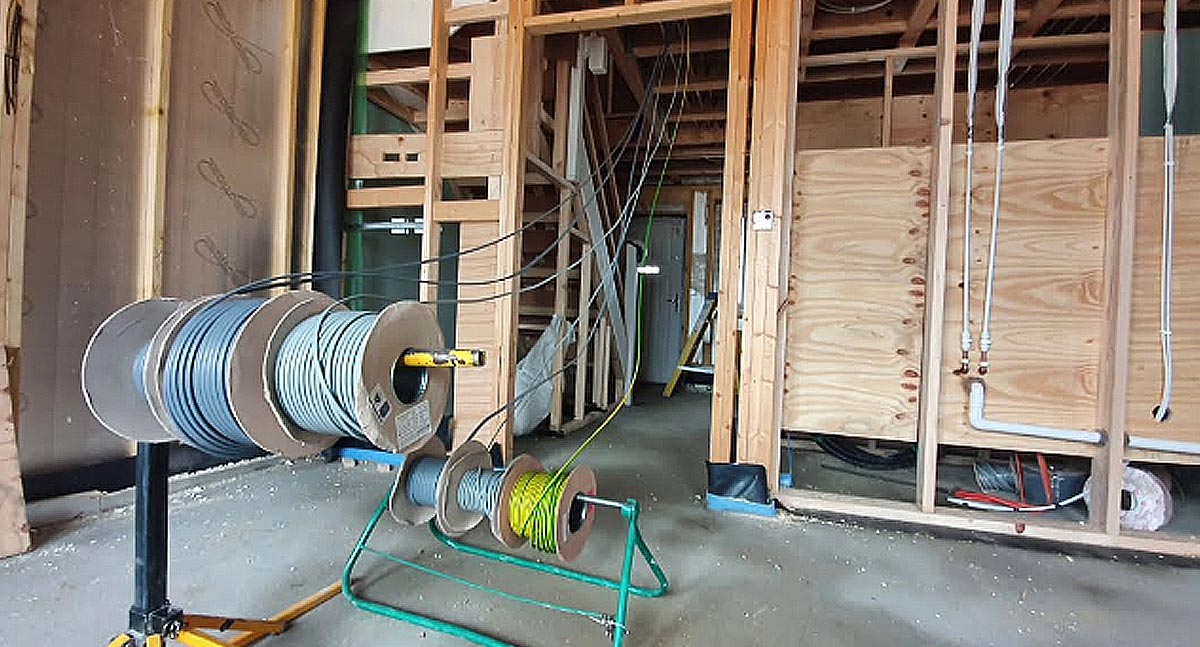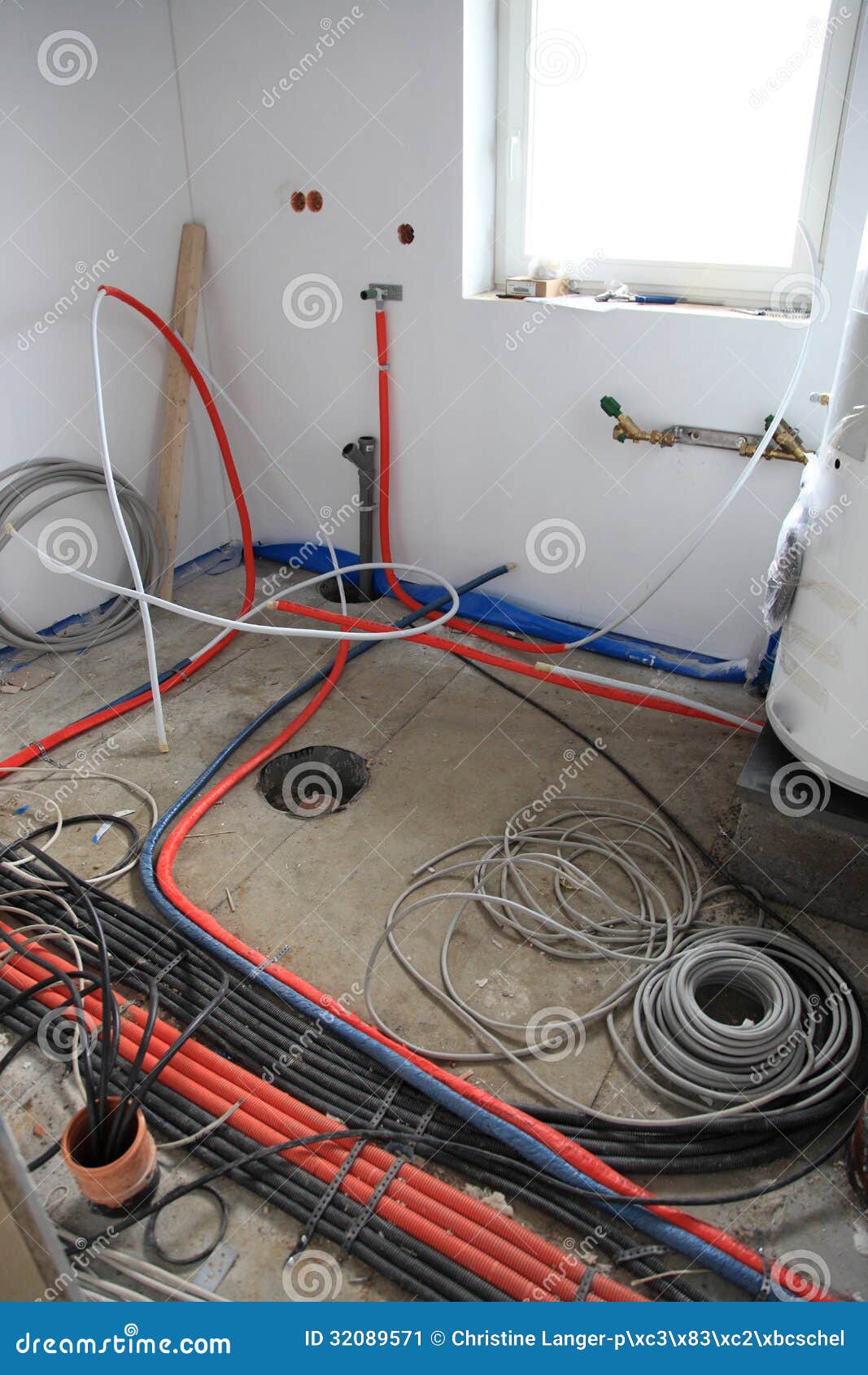Top-Notch BRE Electrical Services for Residential and Commercial Needs
Wiki Article
Debunking Electrical Installment: Recognizing Codes and Laws for a Legal and Safe Arrangement
In the world of electrical installation, adherence to codes and regulations is extremely important to make sure both validity and safety. The trip to demystifying electrical setup goes beyond mere experience with regulations; it requires a profound understanding of how to apply secure electric techniques successfully.Importance of Electric Codes
The adherence to electric codes is important in making sure the safety and security and reliability of electric installments. Electric codes serve as a collection of requirements and guidelines that determine the proper layout, setup, and maintenance of electrical systems. These codes are established to reduce the danger of electric risks, fires, and various other safety problems that might arise from faulty electric work.
Additionally, electrical codes are routinely upgraded to include new technologies, ideal methods, and precaution. Remaining upgraded with these codes is vital for experts in the electric industry to make sure that their work satisfies the current safety standards. Ultimately, the significance of electric codes hinges on developing a secure and effective electric infrastructure that profits both people and communities.
Secret Rules for Safety
A number of basic regulations regulate the safety and security standards in electrical setups. One vital regulation is the National Electrical Code (NEC), which supplies standards for safe electrical style, installment, and inspection to safeguard individuals and residential or commercial property from electrical threats. The NEC covers facets such as wiring methods, grounding, overcurrent security, and tools installment to ensure a safe electrical system.One more vital law is the Occupational Safety and Health Administration (OSHA) requirements, which focus on the security of employees associated with electric setups (BRE Electrical Solutions). OSHA regulations include requirements for proper training, safety procedures, and individual safety tools to stop office crashes and injuries
Additionally, the International Electrotechnical Commission (IEC) criteria intend to balance electrical installment guidelines on a global range. These requirements address issues like electric devices safety, electro-magnetic compatibility, and power performance to promote uniformity and security in electrical installments worldwide.
Compliance with these key laws is necessary to guarantee the safety and security and legitimacy of electric setups, protecting both people and home from the risks related to electrical power.
Comprehending National Electric Code
Key guidelines such as the National Electrical Code (NEC) supply important standards for safe electrical layout, installation, and assessment to ensure the security of people and home from electric risks. The NEC, likewise known as NFPA 70, is an extensive collection of standards for electric installations that are updated every 3 years. It is developed by the National Fire Protection Organization (NFPA) and is extensively adopted across the USA.The NEC covers numerous aspects of electrical work, consisting of wiring techniques, grounding, overcurrent defense, and equipment installation. It aims to secure individuals and residential or commercial property by attending to possible risks associated with electrical systems. Compliance with the NEC is normally applied by local authorities having jurisdiction (AHJs), such as building code officials and examiners.
Comprehending the NEC is vital for electric professionals, designers, and examiners to ensure that installments meet the needed safety requirements. By adhering to the NEC guidelines, professionals can help stop electric mishaps and guarantee the reliability of electrical systems in property, industrial, and industrial settings.

Conformity With Regional Building Regulations
Understanding and sticking to regional building ordinance is necessary for guaranteeing the safety and security and compliance of electric setups within a specific territory (BRE Electrical). Neighborhood building codes differ from one town to an additional, and they are put in area to protect the health of residents and buildings. These codes describe details demands for electric installations, such as the type of circuitry to be used, positioning of electrical outlets, grounding approaches, and load capabilities. By abiding with local structure codes, electricians can guarantee that installments are done correctly and satisfy the essential safety requirements.
When it comes to electric installments, failure to abide by regional building regulations can cause significant repercussions. Non-compliant installments may position safety risks, boost the danger of electrical fires, and result in expensive fines or legal issues. Additionally, insurance provider might reject to cover damages arising from setups that do not satisfy local building code requirements. Therefore, it is critical for electrical experts and service providers to remain notified about and purely abide by the regional building regulations relevant to their tasks.
Making Certain Safe Electrical Practices
Exercising stringent adherence to developed security protocols is vital in the field of electric installations to minimize prospective threats and make sure the well-being of people and homes. Safety in electric job includes numerous elements, beginning with the proper training of employees associated with setup, maintenance, and fixing. It is important to follow maker instructions carefully when taking care of electrical parts and equipment. Before starting any work, it is important to perform an extensive threat evaluation to identify possible risks and carry out preventive actions. Utilizing personal safety tools (PPE) such as shielded gloves, security glasses, and non-conductive footwear is non-negotiable to secure versus electrical shocks and arc flashes. Regular equipment assessments, screening, and upkeep schedules are essential to find and remedy mistakes prior to they rise right into safety and security hazards. Furthermore, adherence to proper lockout-tagout procedures during maintenance activities is crucial to avoid unintended energization of circuits. By prioritizing risk-free practices, electrical installations can function efficiently while BRE Services minimizing the chance of accidents or damages.Final Thought
To conclude, adherence to electric codes and policies is critical for making sure the safety and validity of electrical setups. Understanding the National Electric Code and conformity with local structure codes are important for a secure arrangement. By complying with these standards and practicing secure electrical methods, people can avoid possible hazards and make certain the proper functioning of their electrical systems.Report this wiki page